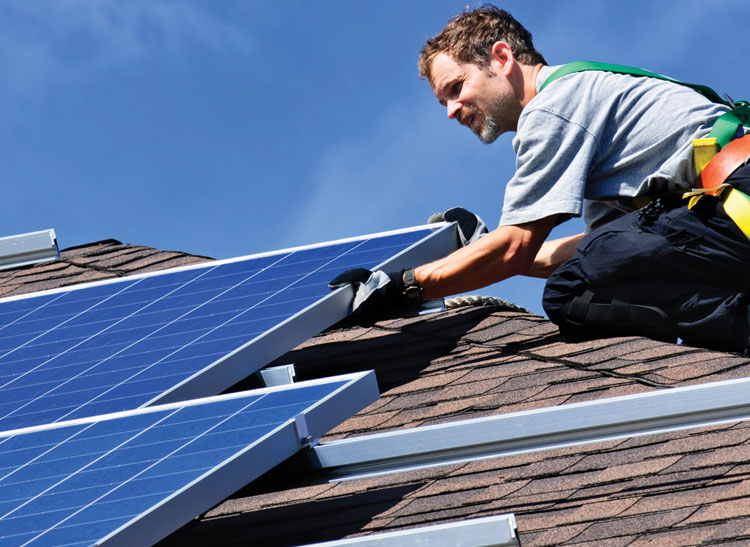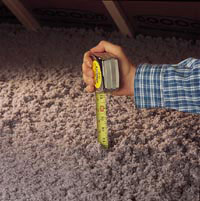Solar Inspection/Analysis
Solar is the way of the future for most major markets, this includes our market here in the St. Louis metro area. Solar unfortunately isn’t always a fully functional solution on every house. For the system to produce the amount of power it’s supposed to, in ideal circumstances you want a south to southwest facing slope for the rooftop solar to maximize the production of energy. We will sit down with you and go through the last 3 months energy bills to determine what size and scope of solar system will meet your needs to the best of our ability. We will pull satellite image reports for home owners to aid in determining optimum placement for the installed rooftop solar panels. When we get phone calls from customers interested in solar, we ask for three things. First, your name, address, phone number and appointment time, so we can do our homework, and know where and when we will meet the customer. Second, we ask that you be prepared for solar analysis, ideally, we like to go through a minimum of 3 months of utility bills with you, and ideally, we want the annual usage bar graphs usually updated quarterly on bills for customers, that shows, this year’s usage compared to last year, as well as shows the whole last year’s usage showing. This allows us to most accurately break down and give you a complete solar analysis for your property. Because we not only offer solar installation service, but also DIY-install kits to the customers that want to do self-installation. We will go to every customer for Solar Inspection/Analysis. We will help you determine size and style and appropriate mount for your system. Within the design time, we take your available appropriate square footage, facing the appropriate direction, and decide based on power usage, and that available square footage, what the most optimum use of money and space is, to work out the best design options available for your solar installation project. And we will give you the satellite report.
Key facts of Solar Analysis
- Analysis is First Step of a 4 to 6-week process to get moving
- Take approved functional solar analysis and site plan to next step with the engineered solar drawing
- Solar is great for about 75-80 % of buildings in our market, but there is that chance, that if facing poor direction, that rooftop solar may not be appropriate or at very least optimally functional
Contact us to set up your Solar Inspection
Solar Inspection


